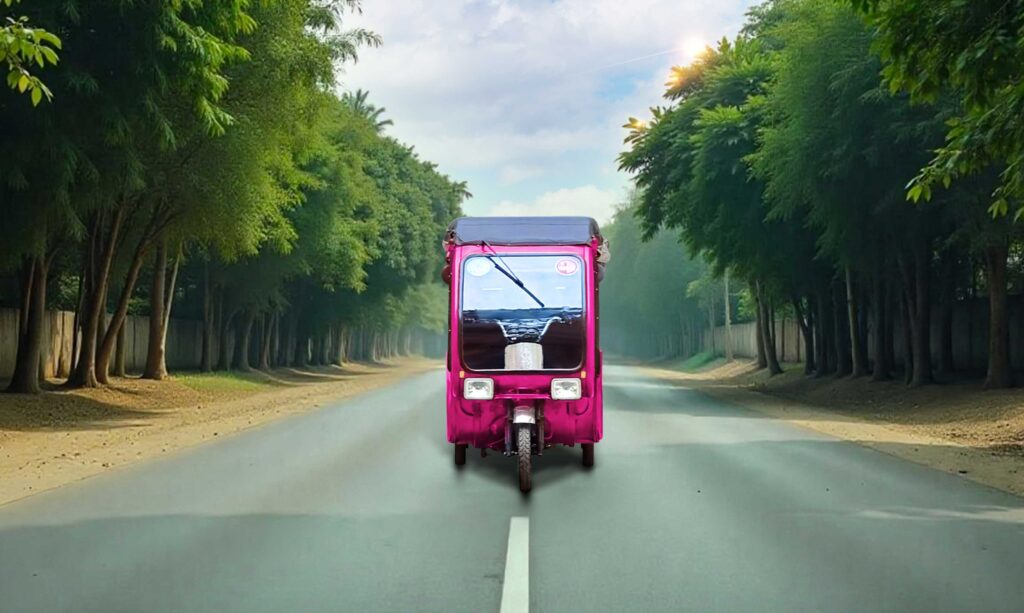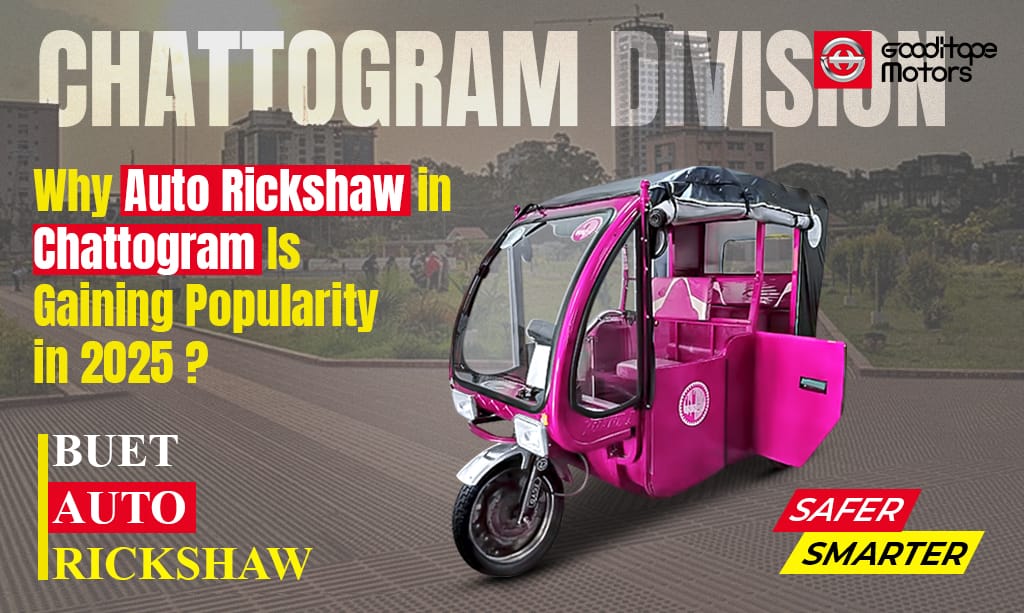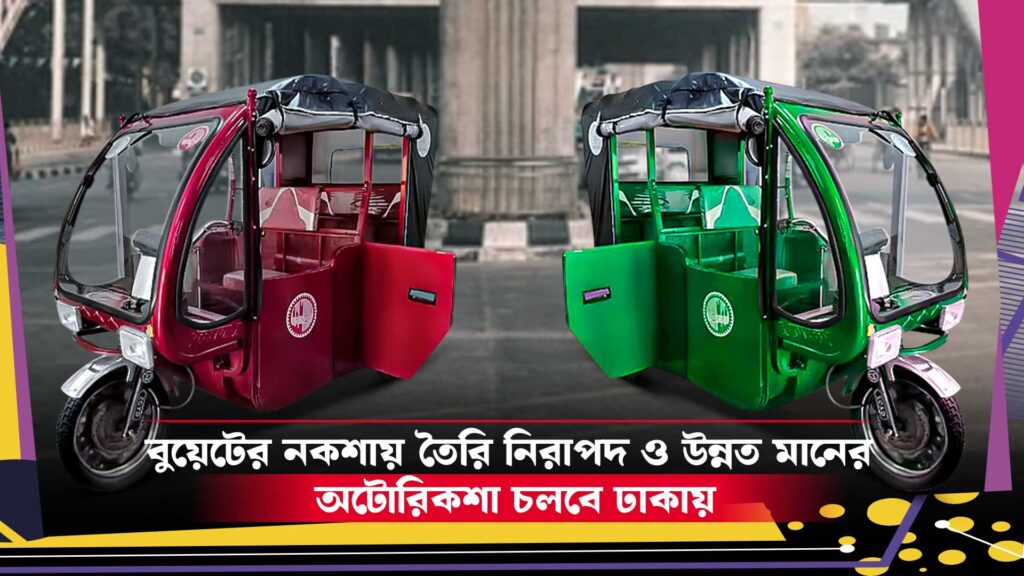Riding an easy bike is fun, safe, and good for your health. Whether you ride it to school, to the auto shop, or just around the park, your bike needs a little care to keep it working well. Just like you brush your teeth every day to keep them clean, your bikes also need some love and attention.
In this article, we will share 5 simple tips to help your easy bike stay in great shape. Don’t worry — these tips are very easy. Even if you’re a kid or just learning about bikes, you can do many of these things yourself, or with a little help from an adult.
Tip 1: Keep Your Bike Clean
Just like your clothes or toys, your bikes can get dirty, too. Dirt, dust, and mud can get stuck on the wheels, chain, and pedals. If you don’t clean your bikes, these things can make it harder to ride or even break some parts.
How to do it:
- With a soft cloth and warm water, wipe your bikes.
- You can use a little soap, but make sure you wash it off with clean water.
- Don’t spray too much water on the chain or gears — just gently clean them.
- Dry the bike with a towel when you’re done.
Why this helps:
A clean bike lasts longer and works better. It also looks nicer when you ride it!
Tip 2: Check the Tires Regularly
The tires are the round rubber parts that touch the ground. They need the right amount of air inside to roll smoothly. If the tires are flat or soft, your bike will be harder to ride and could get damaged.
How to do it:
- Press the tire with your thumb. It should feel firm, not squishy.
- If it’s too soft, ask an adult to help you pump air into it.
- With a bike pump, check the number on the tyre to know how much air it takes.
Why this helps:
Properly filled tires help your bike go faster and safer. Flat tires can make you fall or damage the wheel.
Tip 3: Keep the Chain Oiled
The chain is the part that moves when you pedal. It helps turn the back wheel so your bike can move forward. If the chain is dry or rusty, it can make squeaky sounds and be hard to pedal.
How to do it:
- Ask an adult to help you get bike oil or chain lube (a special kind of oil).
- Put a few drops on the chain while slowly turning the pedals backward.
- Wipe off extra oil with a cloth.
Why this helps:
An oily chain moves smoothly and quietly. It also keeps the chain from getting rusty or breaking.
Tip 4: Check the Brakes
Brakes help you stop the bike safely. If your brakes are too loose or not working, it can be dangerous. It’s very important to check your brakes before every ride.
How to do it:
- Pull the brake handles on the handlebars.
- The bike must be able to stop quickly; the brake pad (rubber part along the wheel) should touch the rim of the wheel.
- If the brakes feel weak or make strange noises, ask an adult or bike mechanic to check them.
Why this helps:
Good brakes keep you safe when you need to stop quickly. They protect you from accidents.
Tip 5: Store Your Bikes Properly
Where you keep your bike matters a lot. If you leave it outside in the rain, sun, or snow, it can get rusty and old quickly. Keeping it in a safe, dry place will help it last longer.
How to do it:
- Park your bikes in a garage, bike shed, or inside the house.
- If you must leave it outside, use a bike cover to protect it from the weather.
- Always lock your bike when you leave it alone so no one can take it.
Why this helps:
Storing your bike the right way keeps it clean, dry, and safe from damage or theft.
Final Words
Taking care of your e-bikes is not hard. With just a few minutes of care every week, your bike can stay in top shape for a long time. You don’t have to be a bike expert or a grown-up to do these things. Many kids take care of their bikes on their own — and so can you!
Let’s quickly remember the 5 tips again:
- Keep it clean
- Check the tires
- Oil the chain
- Test the brakes
- Store it properly
So the next time you go for a ride, your easy bikes will be ready to roll — smooth, safe, and fun!
FAQ: Easy Bike / E-Rickshaw Maintenance Tips
1. How often should I service an Easy Bike?
Weekly: Check tire pressure, lights, brakes, and battery connection.
Monthly: Clean the vehicle, lubricate parts if needed, and inspect fasteners.
2. Why is tire pressure important, and how often should it be checked?
Proper tire pressure ensures a smooth ride, better battery range, and prevents wear. Check it weekly—under-inflated tires can reduce efficiency.
3. What cleaning routine keeps the e bike in top shape?
Use a soft, damp cloth to clean the body—avoid pressurized water near electrical parts. Keep the canopy and windshield clear of dust and grime to maintain visibility.
4. How to maintain battery health?
- Charge fully every day, but avoid deep discharge
- Never leave battery in direct sun for long
- Clean battery connections monthly and ensure terminals are corrosion-free
5. What should I do if the lights or indicators stop working?
First, check and tighten loose wiring. Replace LEDs if malfunctioning, and always keep spare bulbs or indicator lights handy.






